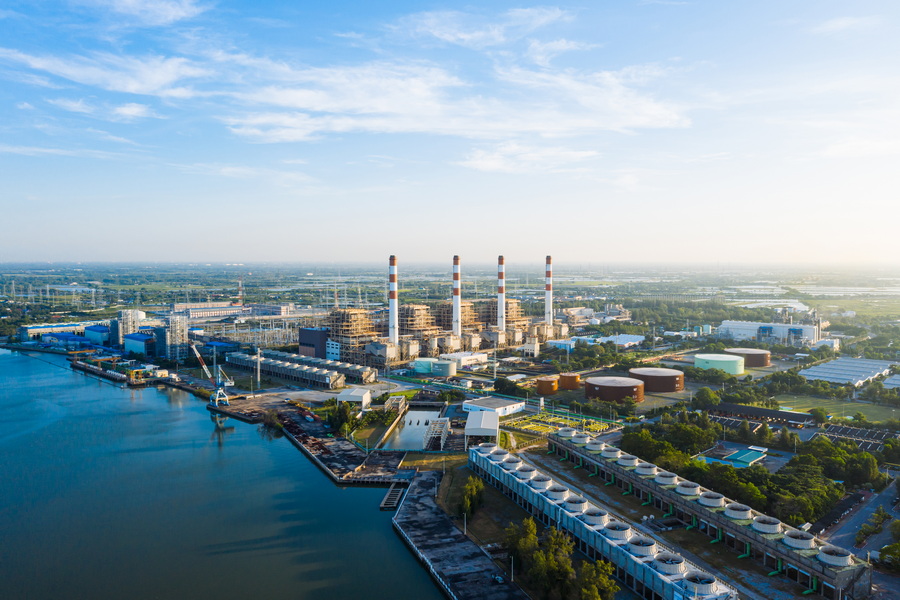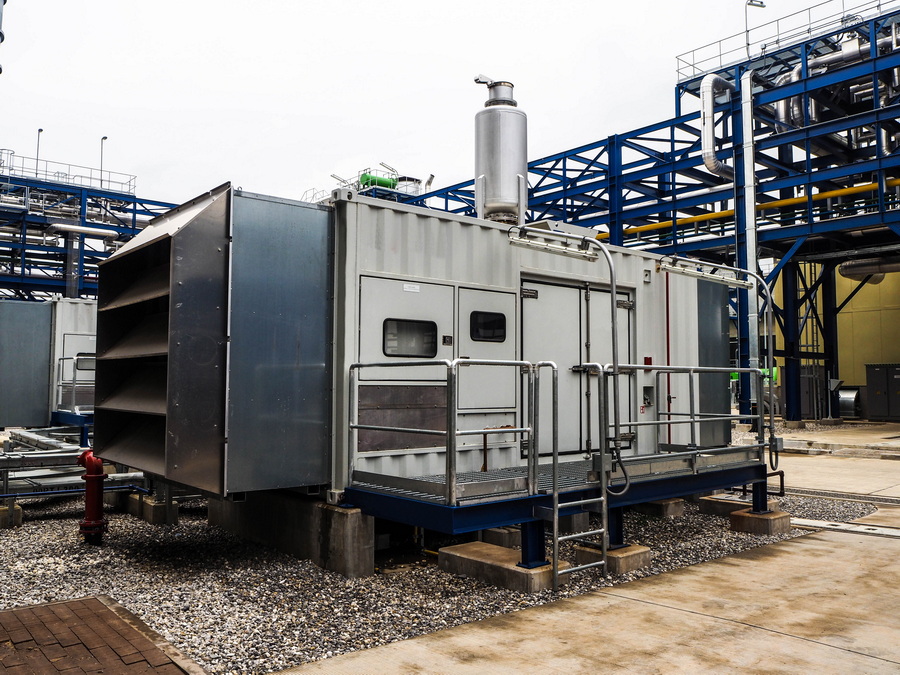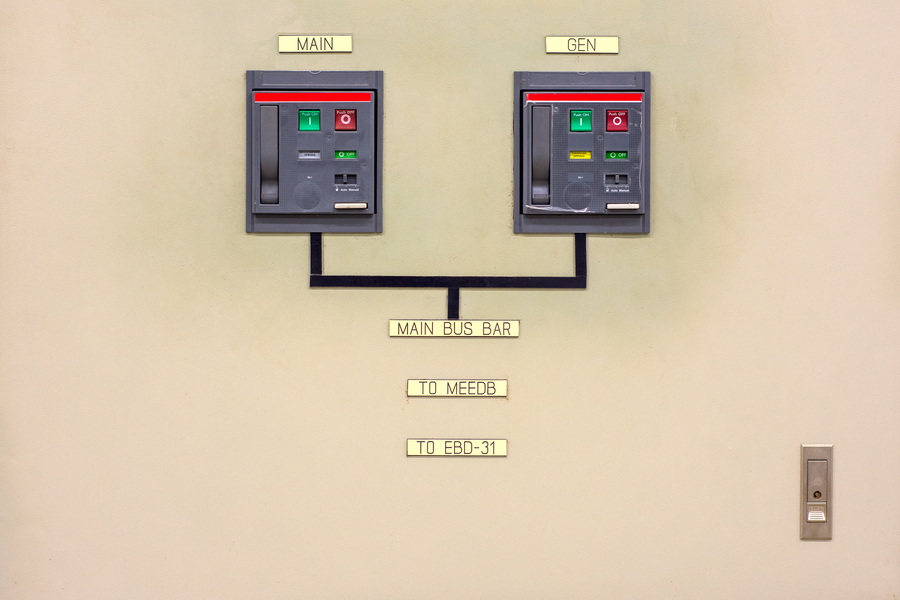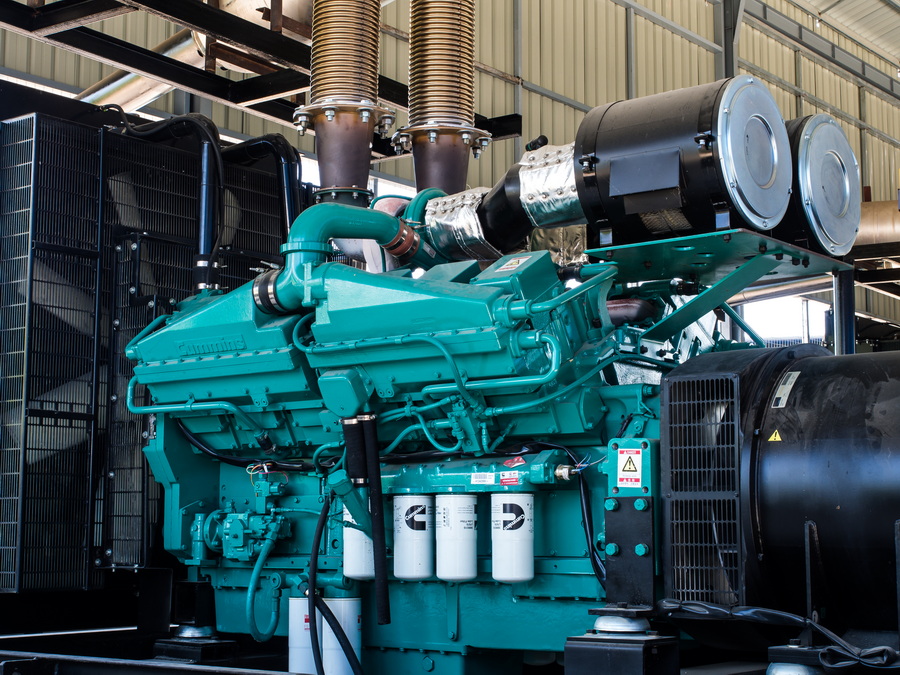
Power station blackouts cause chaos and huge financial losses. A diesel generator is the key to preventing this, providing critical power when the grid fails.
In a power station, a diesel generator acts as a vital backup. It ensures a continuous power supply during grid outages1, maintenance, or peak demand2. In remote locations without a grid connection, it can also serve as the primary, continuous power source.

When I talk with a project manager, the conversation often starts with a specific power need. But to understand the full picture, we need to go back to basics. The generator's role depends entirely on the type of power station it supports. Over my 20 years in this business, I’ve seen that a solid grasp of these fundamentals helps in specifying the right machine for the job. So, let’s explore the different types of power stations and how our generators fit into each one. This knowledge is the foundation for making smart, reliable decisions.
Many people use "power station" as a single term. This oversimplification can lead to buying the wrong equipment for the job. Let's clarify the main types.
Power stations are categorized by their fuel source. The main types are thermal (using coal or gas), hydroelectric (using water), nuclear, and renewable (like solar or wind). Many facilities now use a hybrid model, combining sources with diesel generators to guarantee a reliable power supply.

Most people have heard of "hydroelectric stations3" or "thermal power stations4," but they often don't think about what makes them different. As an engineer, my father taught me to always break down a system into its core components. A power station is no different. Its design is dictated by its primary energy source, which directly impacts its stability and reliability.
Understanding these categories is the first step in seeing where a diesel generator provides the most value.
| Power Station Type | Primary Energy Source | Key Characteristic |
|---|---|---|
| Thermal | Coal, Natural Gas, Oil | Burns fuel to create steam, which turns turbines. Very common but dependent on fuel supply. |
| Hydroelectric | Moving Water | Uses dams to control water flow, which turns turbines. Highly reliable but location-dependent. |
| Nuclear | Nuclear Fission | Uses nuclear reactions to generate heat for steam. Provides massive, stable power but has safety concerns. |
| Renewable | Sun, Wind | Power generation is intermittent and depends on weather conditions, making it less stable alone. |
| Diesel-Based | Diesel Fuel | Uses diesel engines to generate electricity directly. Often used as the main power in remote areas. |
Today, we see more and more hybrid systems. A wind farm, for example, is great when it's windy, but what about on a calm day? That’s where a diesel generator comes in. It provides the stable, on-demand power that makes the entire system reliable.
You know a generator is needed, but how does it fit into the station's daily operations? Misunderstanding its role can mean it fails when needed most.
In a power station, a diesel generator is usually on standby. An Automatic Transfer Switch5 (ATS) detects a power loss from the main source and instantly starts the generator. It takes over the electrical load in seconds, running until the main power is stable again.

A diesel generator in a power station is like a critical insurance policy. You hope you never need it, but you have absolute confidence it will work when you do. Its function is not always just for emergencies, though. Based on my experience providing units for different projects, I see them used in three primary roles. Each role solves a different problem for the power station operator.
Knowing which role the generator will play is crucial for choosing the right size and specifications.
| Function | How it Works | Common Application |
|---|---|---|
| Standby Power | The generator is off but connected via an ATS. It automatically starts and takes the load upon grid failure. | The most common use. Hospitals, data centers, and industrial plants rely on this for uninterrupted power. |
| Peak Shaving | The generator runs in parallel with the grid during times of high electricity demand to reduce costs from the utility company. | Large factories or commercial buildings that have high energy usage during certain hours of the day. |
| Prime Power | The generator is the main source of electricity, often running 24/7 or cycled with other generators. | Remote locations with no grid access, such as mining sites, construction projects, or isolated communities. |
For a project manager, clarifying this role with your end customer is the most important step. A generator specified for standby use might not survive long in a prime power application. Getting this right from the start avoids so many problems later on.
Not all generators are suitable for power station duty. Choosing a standard unit for this critical application can lead to breakdowns and costly downtime. Let's cover the specific requirements.
Generators for power stations need exceptional reliability and a fast-start capability. Essential features include a durable engine, an advanced control panel for synchronization, high fuel efficiency6, and compliance with noise and emissions standards. A continuous or prime power rating is often mandatory, not just standby.

When we assemble a generator at Longkai Power, we build it for a purpose. A generator destined for a power station is very different from one intended for a small shop. Power station applications are among the most demanding. They need to perform flawlessly under pressure. As a project manager defining technical specifications, you are the gatekeeper of quality. Your decisions protect your company’s brand and ensure the end user’s safety and operational continuity. Here are the non-negotiable requirements we focus on.
| Requirement | Why It's Critical | Our Approach at Longkai |
|---|---|---|
| Extreme Reliability | The generator must start every single time. Failure is not an option when critical infrastructure depends on it. | We insist on globally recognized engines like Cummins and Perkins. Their reputation is built on reliability in the toughest conditions. |
| Fast Start & Load Acceptance | It must go from zero to full power in seconds. A slow start can cause data loss or system-wide shutdowns. | We pair our engines with high-quality alternators and advanced controllers to ensure it can accept 100% of its rated load quickly. |
| Advanced Control System | For peak shaving or prime power, the generator must sync perfectly with the grid or other units. Poor synchronization can damage equipment. | We use controllers from Deep Sea or ComAp, which are the industry standard for complex paralleling and load-sharing applications. |
| High Fuel Efficiency | For prime power or peak shaving, fuel is a major operational cost. An efficient generator saves the client a lot of money over time. | We provide detailed fuel consumption data (g/kW.h) for every model so you can make precise operating cost calculations. |
| Compliance | Power stations are often in regulated areas. The generator must meet strict local rules for noise and exhaust emissions. | We build units that comply with various international standards, from EU Stage V to EPA Tier 4 Final, and offer soundproof canopies. |
Diesel generators are not just backups. They are critical assets in power stations for ensuring reliability, managing costs through peak shaving, and providing essential prime power in remote areas.
Discover the impact of grid outages on power supply and how backup systems like generators can mitigate these effects. ↩
Gain insights into peak demand and how generators help manage energy consumption during high usage periods. ↩
Discover the mechanics of hydroelectric stations and their importance in renewable energy generation. ↩
Learn about thermal power stations, their operation, and their role in energy production. ↩
Understand the role of ATS in power systems and how it ensures seamless power transfer during outages. ↩
Discover how fuel efficiency in generators can lead to significant cost savings over time. ↩
Rikey Chen